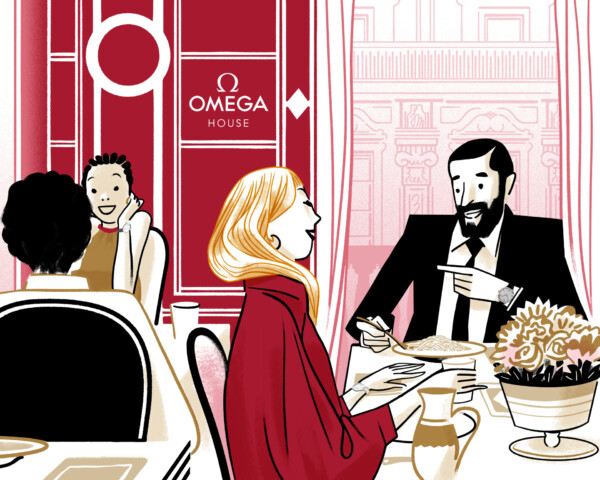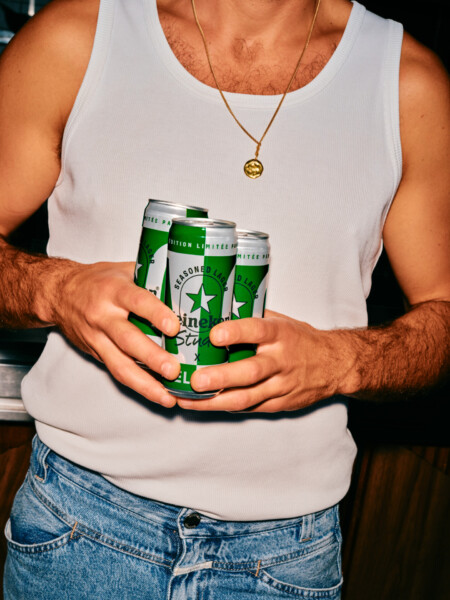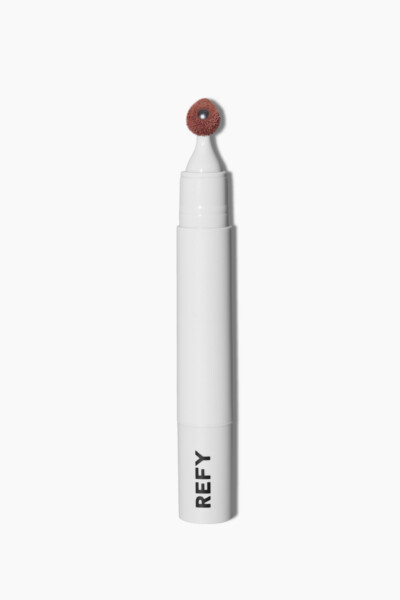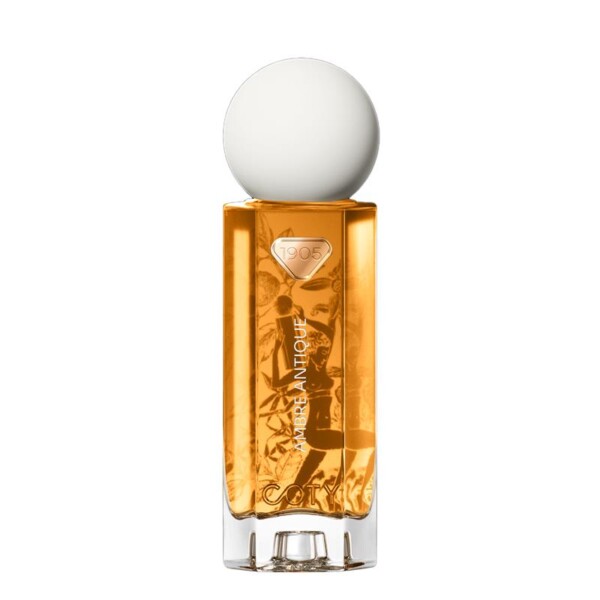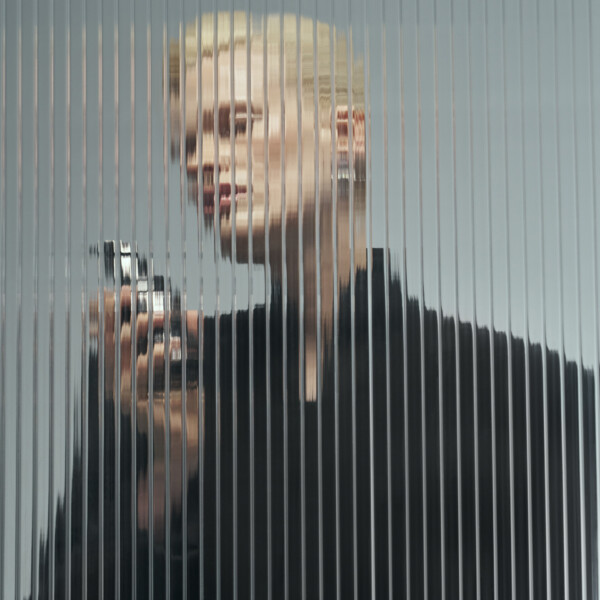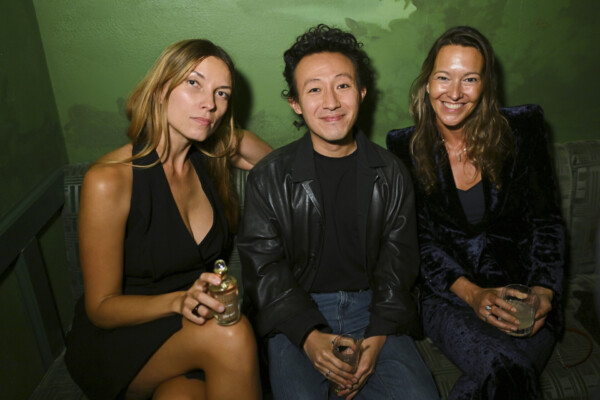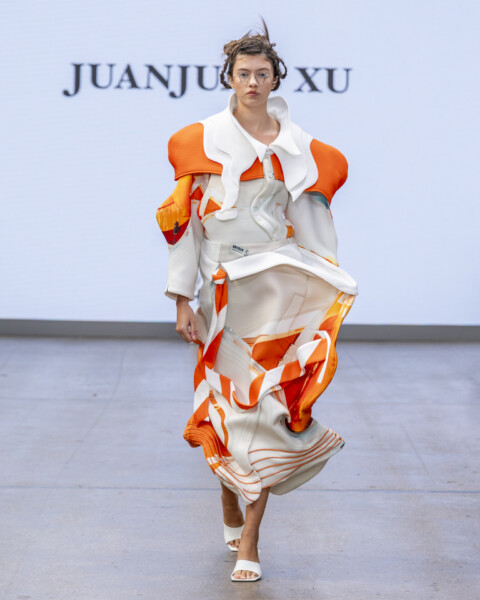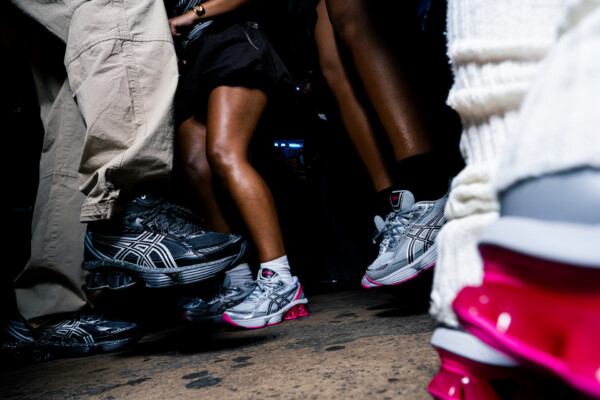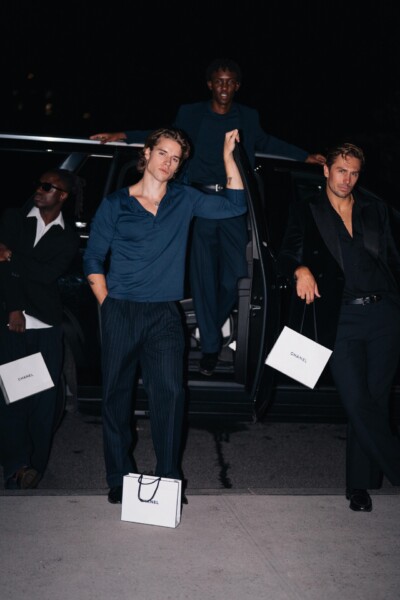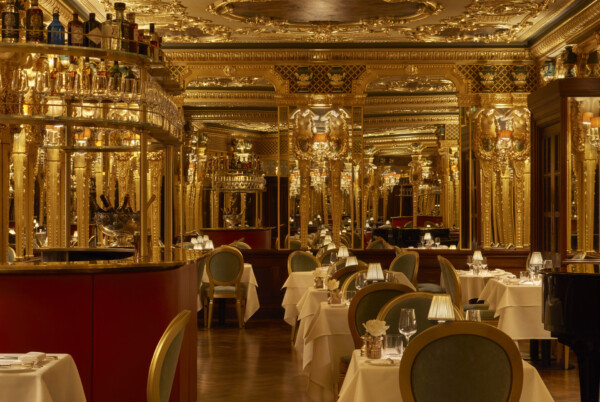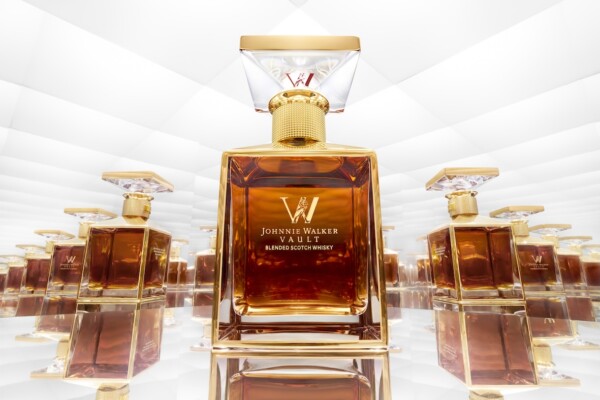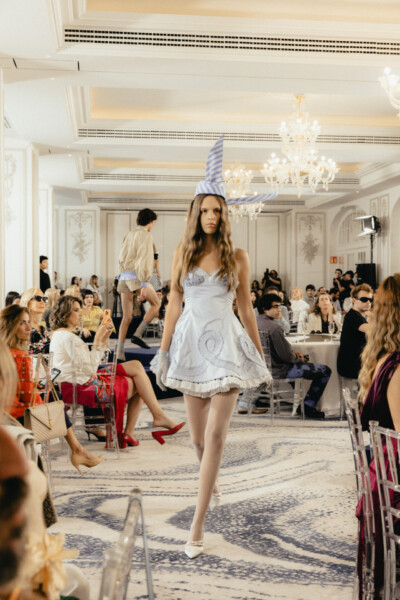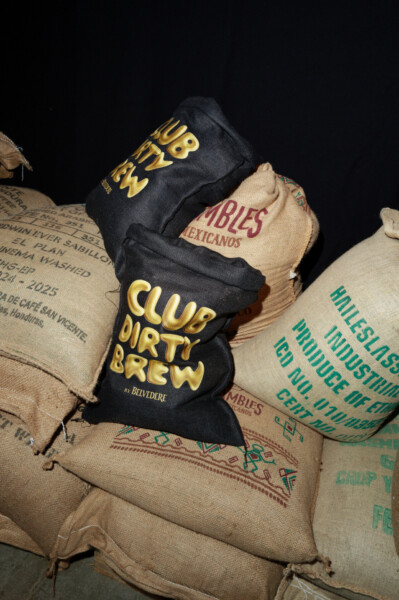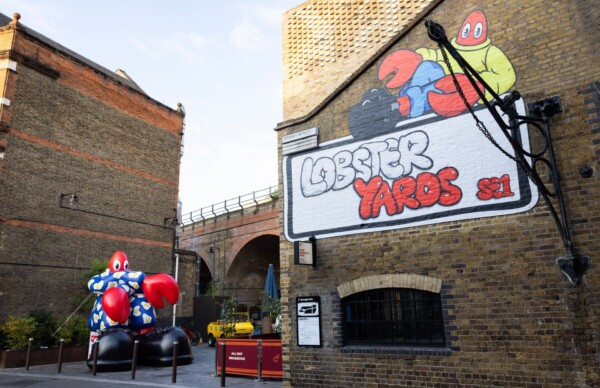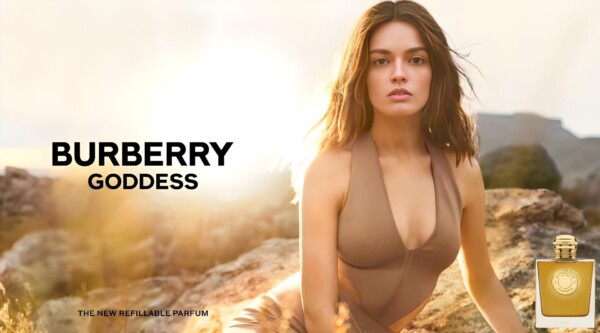By Ely Chegrinec, November 2025
Fender and Johnny Marr Reunite for Iconic Signature Series Jaguar
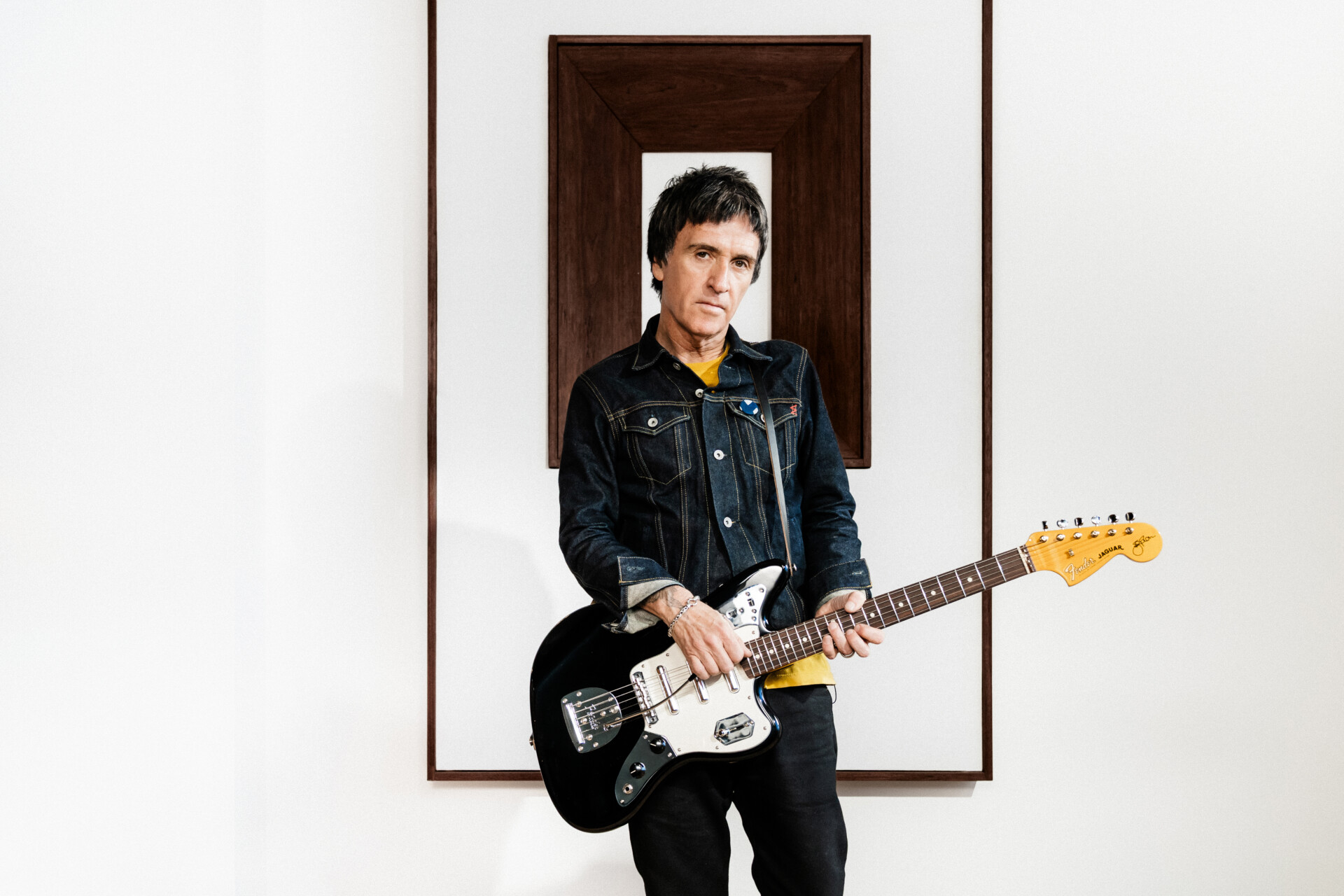
Johnny Marr is a man who loves guitars. His passion is apparent when we catch up over the phone on a bright October afternoon. He doesn’t seem to see guitars as objects or instruments, more as vessels. To Marr, guitars hold memories better than his own brain. Each one he owns (all 132 of them) contains a special moment, an iconic riff, a fleeting image of a screaming crowd.
Despite his deeply personal connection to each guitar in his possession, there is one he just couldn’t stop himself picking up, his 1965 Fender Jaguar. Marr’s relationship with the Jaguar became so synonymous that in 2012, Fender approached him to produce a Johnny Marr Signature Series Jaguar, customised perfectly to the man himself. 13 years and one best-selling guitar later, it is time for an upgrade. Johnny’s ever-evolving sound inspired a new iteration, darker and more dynamic with greater sonic depth. Johnny discusses why it had to be the Jaguar, his dream collaboration and the beauty of giving a guitar a new home.
Ely Chegrinec: Fender’s probably the most iconic name in the guitar world. Every kid who plays guitar dreams of having one. Do you remember your first time playing one?
Johnny Marr: Oh, that’s a good question. First time I ever played a real Fender… Well I used to work in a guitar shop, which is such a kind of cliche, but I was only 11, so I wasn’t allowed officially to work there, I just hung around there so much that the boss knew I wasn’t gonna go away so he paid me by giving me discount on the first electric guitar, which was actually a Vox Fender copy. I used to just run and buy cigarettes for him and go out and buy sandwiches and stuff like that. You’d never get away with it now, but I loved it. They had a Telecaster in there, so it would’ve been there when I was about 11, but I wasn’t really encouraged to sort of touch the proper guitars at that age, but that would’ve been my very first encounter with a proper Fender.
The first one I ever saw was when I was probably about seven. I come from quite a large Irish family, and there used to be the kind of, what was called, a show band that used to play at all the weddings and the parties. I thought they were ancient at the time, but they would’ve been these guys in their thirties and I used to watch them setting up and the guitarist in the band had a red Strat and my dad asked him if I could have a look at it, so before their set one day he presented me with this guitar, which was like seeing the Holy Grail or something like that. I remember it made quite an impression.
Do you play guitar?
EC: I used to. I’ve tried to pick it back up a few times, but it’s been a while.
JM: Well, you know what it’s like then. They’re really magical-looking objects.
EC: Yeah, of course. My favourite was always your green Telecaster in the This Charming Man music video. I’ve wanted that since I was about 13 years old.
JM: Oh man, wow. There are some amazing photos of that in the book, Marr’s Guitars, that came out a couple of years ago. I had to really fight with the publisher to include the photo, which is just the whole page of the green wood, and then they were like, ‘Look, it’s just not done having a complete full page of this’ and I said I knew there were people out there who really liked that guitar, you know? But man, that guitar weighs a ton.
EC: Oh, does it?
JM: Yeah. Yeah.
EC: I thought they were light little things.
JM: No, no, that particular one, it really is crazy, and back in those days, in The Smiths days, I was like seven and a half stone. I don’t know how I was able to play that thing. It has an amazing sound though.
EC: So you spoke about Telecasters and Strats, but you’re now known for playing the Fender Jaguar. You picked that up a bit later in your career, but it’s become an iconic relationship. What is it about that guitar that appealed to you when you first picked it up, and what keeps you coming back to it?
JM: Well, for the longest time I didn’t know I liked Jaguars, and it was happenstance that it came into my life. It was the first night I was in Portland, Oregon to work with Modest Mouse and I was supposed to be there on a sort of 10-day experiment to do a bit of writing. I didn’t really know very much about the band other than that they were an intriguing prospect and on that first night the singer Isaac Brock had one in his practice room.
I brought a Telecaster over and Isaac was playing so loud, he was getting kind of buzzed and I just needed something to compete with this huge Fender amp he had going, and my Telecaster wasn’t cutting it. So I saw this Jaguar on the stand and I pulled it out and tried it, and immediately I got it in my hands and it’s not an exaggeration to say I knew right then it was a life-changing moment. I just knew.
I started playing this song, which became a very successful song called Dashboard, which became the lead single from the album. Then my whole story with Modest Mouse began, being in the band for five years and moving to Portland, Oregon. That was in 2005. So from then on, now that’s been 20 years of playing almost exclusively with the Jag. I fell in love with it and got completely obsessed, and then over sort of three or four years, I got the idea of trying to improve it. In fact, what I did was I actually took some of the switches off and I kind of simplified it.
Fender heard about me buying up bits and experimenting with this guitar so they approached me with the idea of doing a signature guitar. I then spent a couple of years obsessively experimenting with that. That came out in 2013 and it’s become a really successful guitar. I think it’s the most successful signature guitar they’ve ever done, which obviously makes me very proud, but more importantly, I’ve never used anything else on stage. In the studio I sort of still layer with different sounds, but that Jag is so perfect and what happened on that first night with Modest Mouse, the sound I got out of it sounded like what I know people think I sound like. I didn’t realise it, but really it was the Jaguar I was looking for all along.
With the signature, I dialled it in a little more and obsessively made it cover more ground sonically and changed almost everything about it. The body’s a little different. The neck is a very unusual neck. The pickups are definitely different, and the switches. I’ve been happy with that for 11 or 12 years. I’ve used it with everyone from Billie Eilish to Gorillaz, lots of other collaborations as well, and then on the movies.
A couple of years ago, I started getting slightly more aggressive on stage and started doing sort of unusual solos. It occurred to me that maybe I could take my signature Jag and develop it a bit more, I was standing on pedals a little bit more and I thought, well, maybe there’s other guitar players out there who really like what my current signature Jag does, who might want to play a little bit more aggressively and be a bit darker and get a bit more rock, that’s why I developed this new Jaguar that’s coming out now with the three lipstick pickups.
So it does what my regular signature does, almost identical, but it has an extra pickup in the neck radius and the fingerboard is flatter. It might be that people who thought they couldn’t get along with the Jag, maybe they’ll find this one a little bit more rocking.
I’ve been touring with it this year, I used it with Gorillaz and Franz Ferdinand. It does what my other one was doing, but a little bit more.
And it looks really pretty.
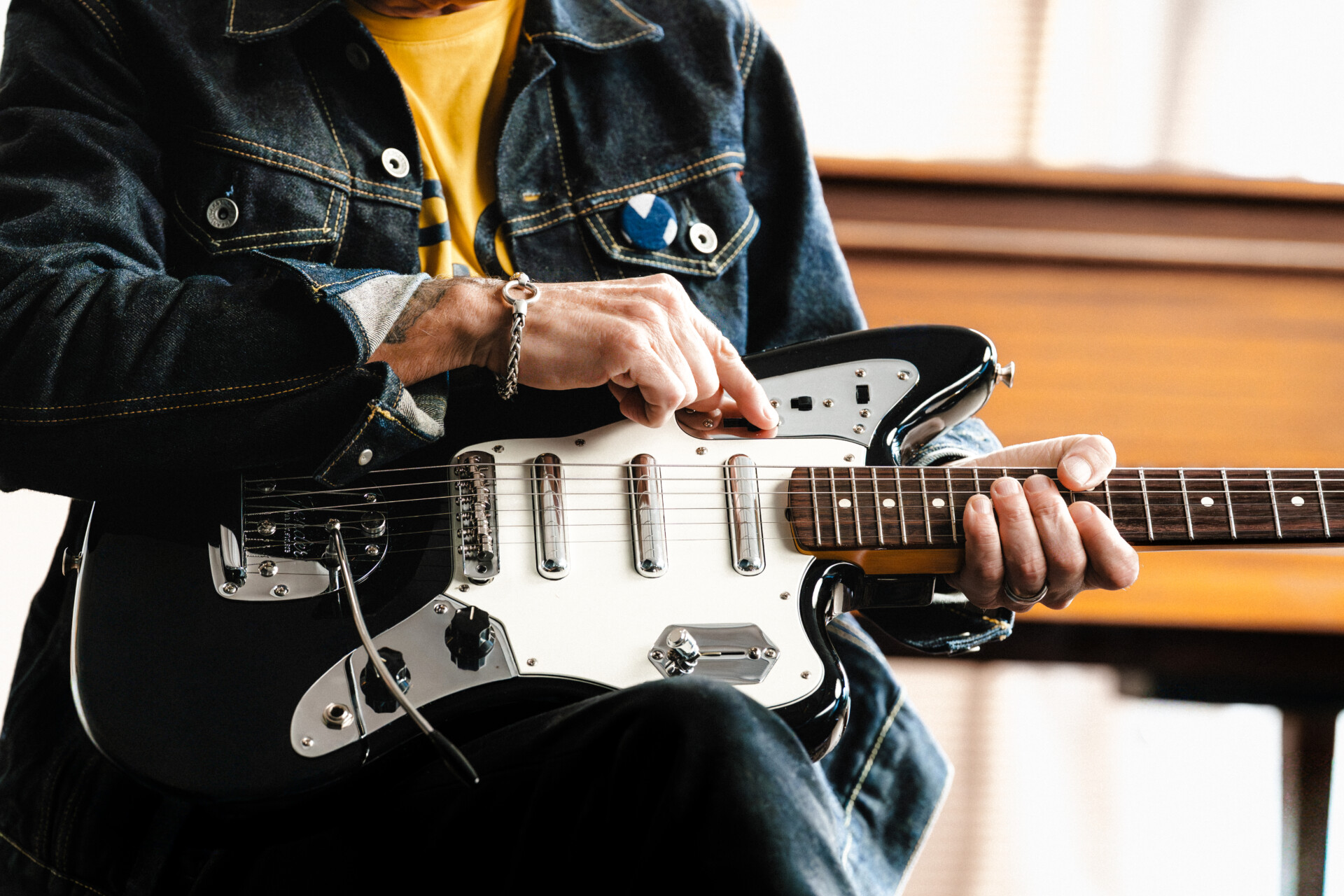
EC: I think I saw you use it on stage when you reunited with Matt Johnson and The The?
JM: Oh yeah, yeah, I forgot about that.
EC: Clearly working collaboratively has been a huge part of your career. Are there any artists you haven’t worked with yet who you’d be interested in collaborating with?
JM: Often, for years, when I was asked that question my mind would just immediately go to PJ Harvey. Polly and I did a thing on stage a couple of years ago, where I joined her for a couple of songs, but I’d like to maybe do some writing with Polly. I think that would be really cool.
There’s a couple of younger bands or more recent bands I quite like. NewDad from Ireland are very good. Closer to home, me and Nile Rodgers have been talking about doing something in the studio, which would be really good because we played live together a lot, I played with Chic a lot, but we keep talking about doing a track or two, so that’d be pretty good, but you never know.
I’m so fortunate that unusual collaborations appear. I had no idea that I would end up doing the Bond theme with Hans Zimmer, but then lo and behold, a couple of weeks into that, we find out that Billie Eilish is doing the song. These sorts of collaborations kind of keep finding me.
There’s a lot at stake though, it’s never just casual. It’s always beautiful to collaborate with people you respect, like the Gorillaz, I think Damon Albarn and Jamie just get better and better. I won’t say there’s pressure, but it’s serious, it’s never a jolly up or congratulatory or anything like that. We all know that we want it to be really, really good.
Believe it or not, after all these years now, I think I’m actually getting better at collaborating. I think the Franz Ferdinand one worked out well because I still wanted it to sound like a Franz Ferdinand record, but you know, you had to be able to tell that I was on it, whereas in the past I’ve done plenty of stuff where I’m just tinkling around in the background really.
EC: Do you think that’s a case of your creative process changing over your career?
JM: Yeah, I do, but I think, this might sound obvious, but I kind of know what people want me to play like now.
That’s not to say you become a parody, but I think one of the things I’ve learned is when you have a unique, or rather, a distinctive voice, treasure it and be loud. Do it loud. There’s been times when I’ve been almost a little too respectful of the music, like when we were doing a movie, Hans Zimmer told me I was being too respectful of the music. I needed to be louder. I think you can be looking too hard, and I guess people get me in for a reason, really. Mostly that’s to be melodic and come up with a hook. If you’ve got a style, like say Nile Rodgers, people know when you think of what he sounds like, or when you think of say The Edge, what he sounds like, you know? That’s a really beautiful thing.
Just to come back to the guitar, the guitar does that. As you’ve said, it’s been a long time now that I’ve been associated with the Jag, it’s like 20 odd years, which is mad really because for the longest time I was associated with Rickenbackers. As I said to you, I know what my thing is and the Jag really delivered that.
I think when you are younger, in your thirties particularly, no one really wants to be bagged. You don’t want to have a tag on you. I think around my thirties, I sort of kicked against what I was known for a little bit and I think that’s healthy.
The stuff I was doing with Electronic and some of the guitar stuff that I played with Oasis didn’t sound like what people thought I did, and I think that’s okay, but you get to a certain point in your life, you just think, ‘just drop the attitude man’. Just be happy to be known for something, you know what I mean?
EC: Speaking of Oasis, there’s a now-famous story of you giving a young Noel Gallagher a guitar when he was skint, but are there any guitars you’ve let go of over the years that you wish you hadn’t?
JM: Honestly, no. There’s a thing I saw on a Bob Dylan documentary that Johnny Cash gave him his acoustic guitar, and in country music, that’s the tradition. That’s a big sign of respect. In my case, with Noel, I liked him and he was skint. I think they’d only played about five gigs. No one had any idea what they were going to go on to achieve. Well, Noel probably did, but you know I’d had a helping hand from people when I started out, so it was just helping out another Irish, Mancunian kid really.
Over the years, I’ve been able to give people guitars as a sign of respect for what they do, and I’ve got to say I’ve been given a few. Chrissie Hynde gave me one of her Telecasters and Ed O’Brien from Radiohead gave me one of his Strats, and Nile Rodgers, Bert Jansch, the folk guitar player and Noel to be fair, Noel gave me a really killer acoustic, so what goes around comes around I guess.
EC: Along a similar line, have there ever been any other artists’ guitars that made you think, ‘God, I wish I had that one’?
JM: Oh mate, well it comes back to Noel again. I hope he reads this. On the Oasis reunion, he’s gone out with this really beautiful black Les Paul. Did you see the reunion gigs?
EC: I haven’t seen him with the black Les Paul, but I’ve seen a few other clips.
JM: Damn. Yeah. Noel’s got a few real nice ones. You know, all guitarists tell you, you see something and you can really sort of fetishise it. My friend Billy Duffy from the Cult, who I’ve known since 1976 when we were little kids, I saw him once play a Strat on stage, and he’s so synonymous with the Gretsch White Falcon. This Strat sounded so good, when he came off stage, I was in the dressing room and I said to him, ‘That Strat sounds really good, but it just looks so weird, man. You’ve got no business playing that.’ And he went, ‘Really?’ and I said, ‘Yeah, yeah. Give it me.’ So he didn’t give it to me, but he sold it to me, and I’ve still got the guitar. I feel like in that case I almost rescued the guitar. It’s a little bit like an animal shelter, really. Not that he would’ve been a crook, there wasn’t cruelty involved, but it just didn’t seem right. The guitarist in The Cult just didn’t seem right playing this Strat.
So I got that, and I’m really glad I did, but you know what will surprise people? I met Eddie Van Halen in Washington in ’86. He’s such a beautiful guy, and I look back now and I think, ‘Oh man.’ I should have asked him for one of his. I would not have known how to play it, I must admit, but I definitely would’ve liked to have had it in the corner of my living room for when guests come around and just go ‘Guess who I got that off.’
I continue to fetishise them and crave them the way I have done since I was like 10 or 11.
EC: And is it the look or the sound that makes you want a guitar?
JM: I’ve gotta say it’s both really. Did you say you’ve seen my book, Marrs Guitars?
EC: I have, yeah.
JM: When I did the book, it was an amazing experience. I got more out of doing that book than I expected. I genuinely got so much, kind of catharsis from that book. In 2016, I did an autobiography which I wrote myself, and afterwards I was expecting this kind of catharsis and a release of nostalgia, but it just never came. I felt a little shortchanged, somewhat.
With the guitars, I think this answers your question in a way, when I pulled out the guitar that I did How Soon Is Now on, or that I did This Charming Man on, or What Difference Does it Make, I remembered exactly how I felt at the time when I got it, and who I was and what me and my girlfriend were into, at the time. Where we lived and the clothes I was into, the music I was listening to and all of that. Who I was.
As the process of making that book went on, it really was like a proper, beautiful, nostalgic journey, and all joking aside, when the book tour was done and I finished doing my talks and having them on display, I felt a little bit weird putting them back on shelves and in storage. It just seemed a little bit weird.
I’ve not really talked about this very much, but there might be a time when I either put them out as an exhibition or farm them out or something like that, because I think the important thing is to use them. I’m not really into buying stuff just to collect it. I’ve been like that over the years. Genuinely, I’ve never bought a guitar and then just looked at it. Being working-class, I always had a certain amount of working-class guilt about that. I had to use it, and I had to try and write a song out of it. That was my rule back in the day. In Smiths days, if I was gonna spend money on a guitar, I had to write at least one song out of it, and I’ve still sort of got that kind of attitude now.
I’m very blessed in that I can use my signature Jag, either my original one that came out in 2013 or the one that’s just coming out. They’re kind of like my working instruments now. It is nice to have this amazing collection, but there will come a time when they’ve gotta move on, because I don’t really believe in guitars being just left in cases, you know?
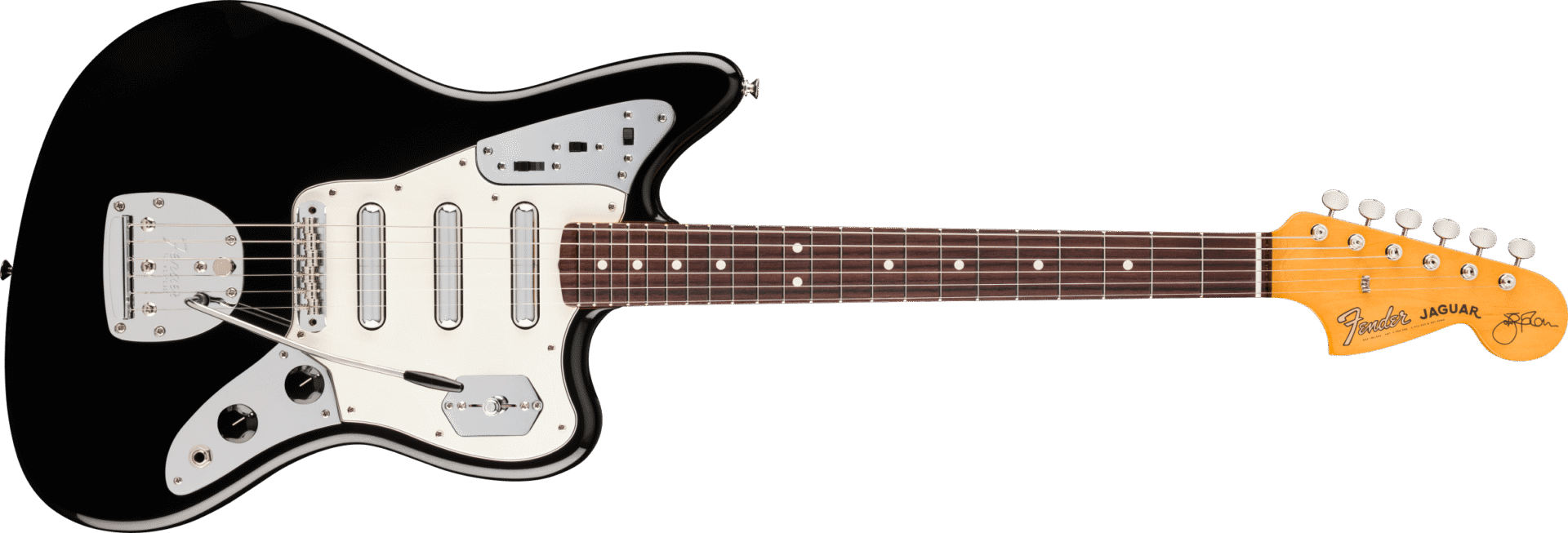
EC: So you’ve toured the world for decades, but is there anything that’s on your rider now that a young Johnny Marr would have laughed at?
JM: The young Johnny Marr would’ve laughed at pretty much everything on my rider because my original rider, I can’t believe i’m saying this, was literally like two packets of Silk Cut cigarettes, ten Coca-Colas, coffee, milk, sugar, and an extra packet of cigarettes. That was it, really. Now it’s white tea, matcha, hummus, carrot slices, what else do I have? Water biscuits. If I’m feeling rock and roll.
I’m a bit like a monk these days. I don’t smoke, absolutely not. Certainly no alcohol. No drugs, you know, unless someone can come up with something pretty creative. But that’s it, complete 180, it’s not a good look when you get past 34.
__
By Ely Chegrinec, November 2025
